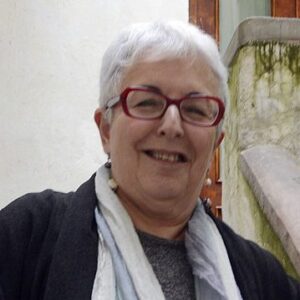Plural identity
It may seem strange, perhaps, but one of the most debated problems in the Jewish world, at least since emancipation and the encounter with modernity but even before, if we think of Josephus or Spinoza, is that of the nature of Jewish identity. What makes a Jew such? What are, as a recent essay by Sergio Della Pergola says, the “markers of identity”, and what is their respective weight?
Observance tout court ceased to be such many decades ago, adherence to Zionism has become so, at least in Italy, only after the Shoah, so what? In a Jewish world characterized by different responses to this problem, but also by different perspectives on the role and task of Judaism that have a lot to do with identity (diaspora / Israel, universalism / particularism and so on), how to place ourselves?
In the last decades of 19th century, for German Jews, ancestors of 20th century great Jewish culture, defining identity passed through history, their history, which they studied and cultivated in archives and conferences.
It is a question that Sigmund Freud formulated, even without answering it (but asking it is already a sort of answer) in the introduction to the Hebrew edition of Totem and Taboo, in 1930. And that in the 1950s intrigued Ben Gurion to the point of consulting 50 essays to define what Jewish identity was. But the cases are endless.
In short, a great variety of answers. As it should be in a people scattered for centuries among the nations, influencing their culture and being in turn influenced by them. I believe that this plurality represents for us Jews an enrichment not to be missed, and perhaps one of our most interesting identity characteristics.
*Historian

